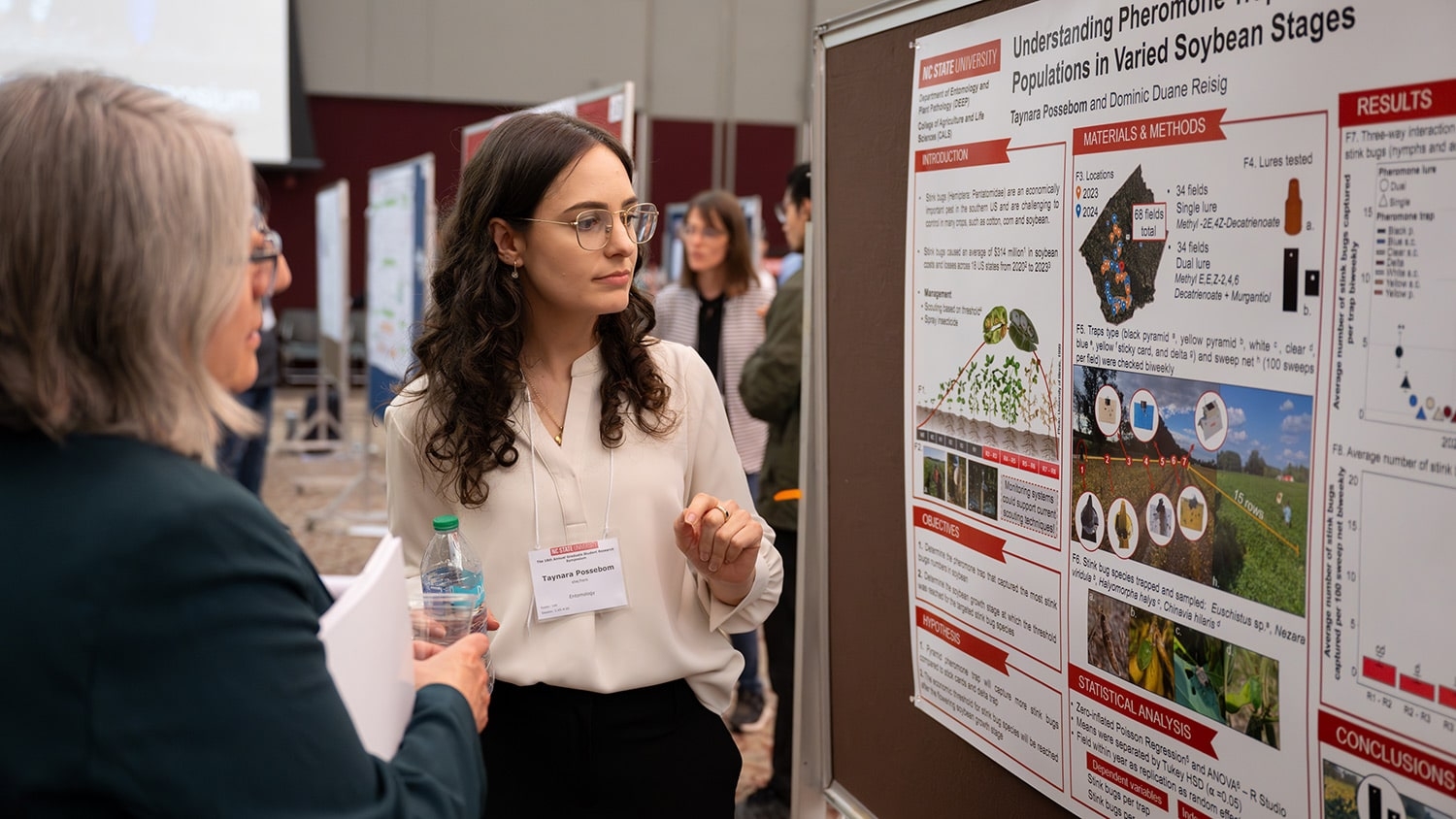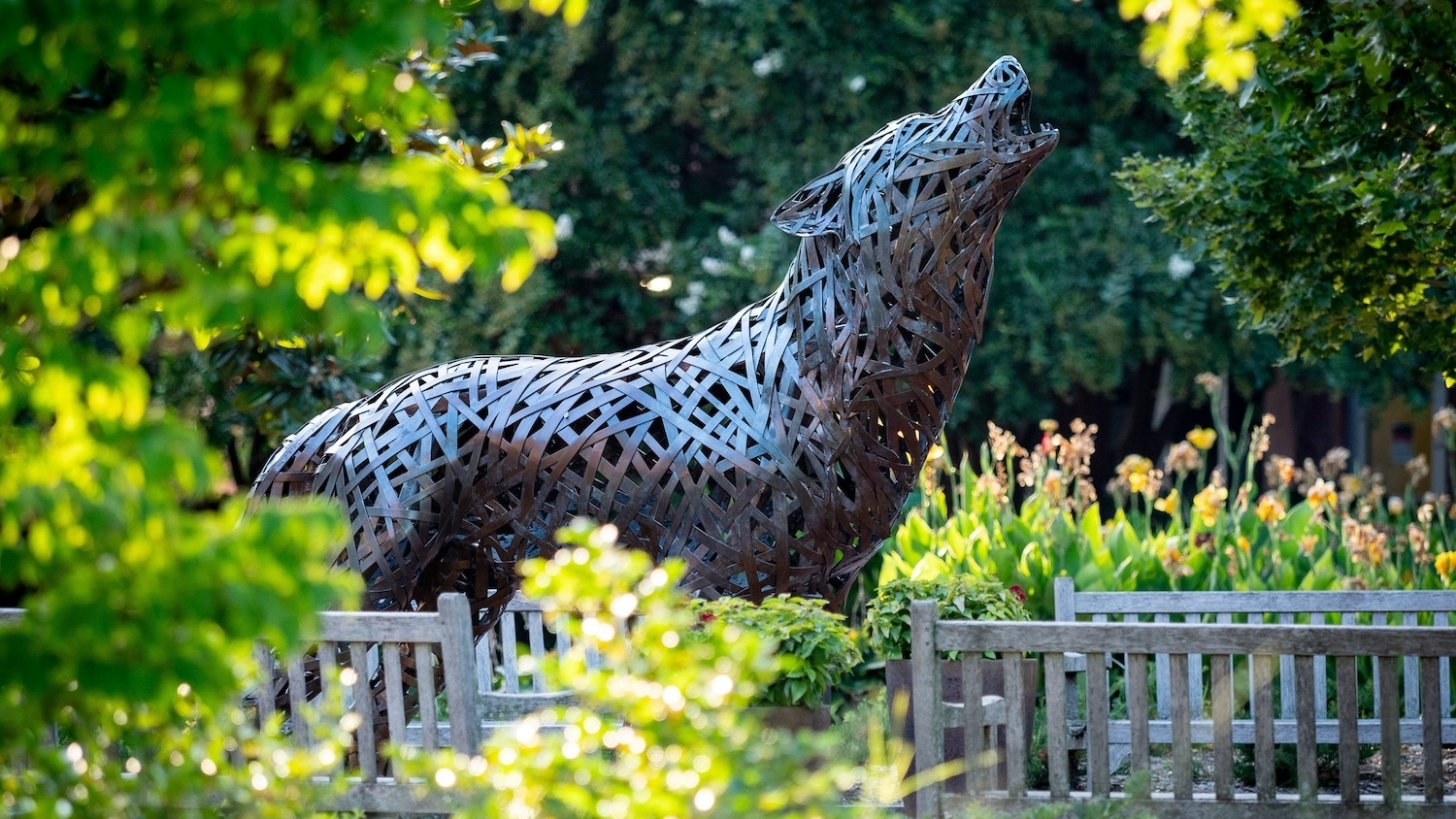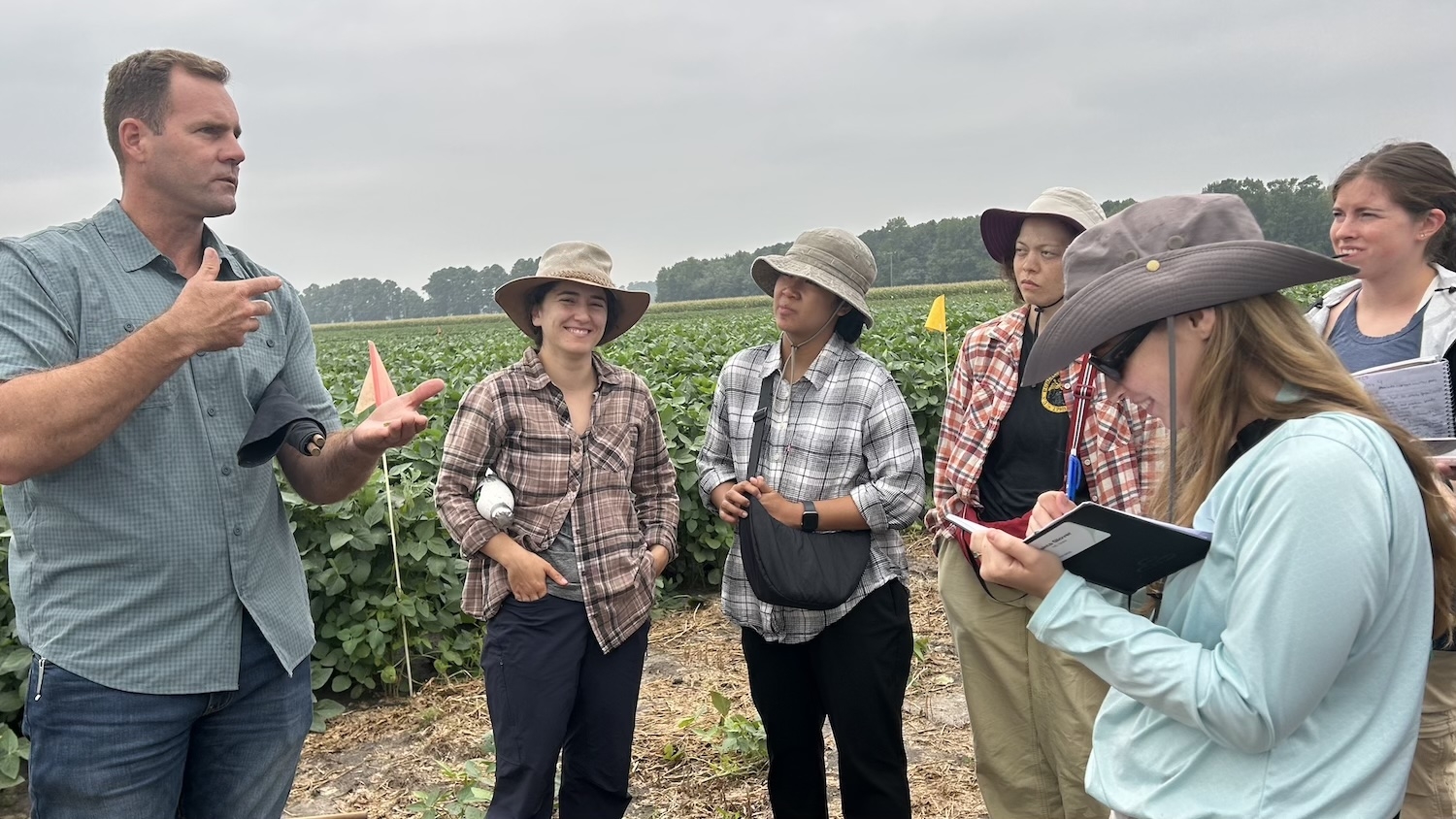Summer Internship Spotlight: Muhammad Ikbal Putera, Hawai’i Volcanoes National Park

Muhammad Ikbal Putera, a second-year Ph.D. candidate studying parks, recreation and tourism management at the College of Natural Resources, recently completed a summer internship at Hawai’i Volcanoes National Park.
Established in 1916, Hawai’i Volcanoes National Park encompasses more than 300,000 acres on the southeastern side of the island of Hawai’i and is home to two active volcanoes: Mauna Loa and Kilauea.
Putera interned at Hawai‘i Volcanoes National Park through the National Park Service’s International Volunteers-in-Parks Program, which provides opportunities for international students and professionals to volunteer in United States national parks.
Hailing from Indonesia, Putera has served as the advanced forest ecosystems manager at Komodo National Park for over a decade. He earned a master’s degree in forest resources and conservation from the University of Florida through the USAID-CIFOR Fellowship Program in 2019.
Putera enrolled in the College of Natural Resources in 2024. His studies, which focus on youth engagement and conservation education in protected areas and World Heritage Sites, are fully funded by the prestigious Fulbright Indonesia Scholarship.
At Hawai‘i Volcanoes National Park, Putera spent two months with the Interpretation and Education Division. His responsibilities included shadowing rangers, leading interpretive programs, supporting youth education efforts, and deepening his understanding of Hawaiian ecosystems and cultural values.
“Whether walking across the lava crust of the Kīlauea Iki Trail, interpreting Anchialine Pond ecosystems, or photographing ancient petroglyphs, every day was filled with learning and meaningful engagement,” Putera said.
He added, “I gained valuable hands-on experience in visitor interpretation, cultural storytelling and conservation education, guided by several outstanding mentors at Hawai‘i Volcanoes National Park.”
Putera extended his gratitude to Dean Gallagher, Mequette Gallegos, Keoni Kaholoʻāʻa, Dani Ciccone and Kūpono McDaniel, all rangers at Hawai‘i Volcanoes National Park, for their guidance during his internship.
We recently caught up with Putera to discuss his internship at Hawai’i Volcanoes National Park. Check out the Q&A below to learn more about his experience and how it’s contributed to his professional journey.
How did you find out about this internship and why were you interested in it?
Muhammad Ikbal Putera: From the world’s largest lizard to the world’s most active volcano, both Komodo National Park and Hawai‘i Volcanoes National Park are UNESCO World Heritage Sites and Biosphere Reserves. This symbolic connection immediately caught my attention when I came across the International Volunteers-in-Parks Program on the National Park Service website. I applied directly by email and, after a six-month process, was honored to be accepted and placed at Hawai‘i Volcanoes National Park.
I was especially interested in this internship because it aligned closely with both my professional role as a senior park ranger in Komodo and my doctoral research at NC State. I wanted to learn how U.S. national parks, particularly Hawai‘i Volcanoes, integrate cultural interpretation, community engagement, and youth education into their conservation practices. The park’s strong emphasis on Indigenous knowledge and its community-based approach to interpretation made it the ideal place to expand my skills and perspectives.
What was the most interesting or surprising part of this internship experience?
Putera: What stood out most during my internship was how thoughtfully Hawai‘i Volcanoes National Park weaves Indigenous Hawaiian knowledge into its interpretive practices. Rather than treating culture and science as separate, the park embraces a holistic approach where spiritual beliefs, language and ancestral knowledge guide how visitors experience the landscape.
This perspective resonated deeply with me and reminded of Indigenous conservation beliefs in Indonesia. In Komodo, for example, the local tribe believes each person is born as twins —one human and one Komodo dragon — instilling a spiritual responsibility to protect the species. Both cultures view nature not as a resource to manage, but as a family to respect.
How did the College of Natural Resources prepare you for this internship?
Putera: The College of Natural Resources, through the Department of Parks, Recreation, and Tourism Management, has fully supported my internship at Hawai‘i Volcanoes National Park. With the continuous mentorship of my academic advisor, Yu-Fai Leung, I successfully obtained a travel grant that enabled my trip to Hilo and made this opportunity possible.
This internship aligned perfectly with my doctoral research on youth-focused conservation education. Hawai‘i Volcanoes National Park serves as an excellent U.S.-based case study, as it runs similar youth programs — such as the Youth Ranger Internship Program — that closely reflect the Ranger Goes to School initiative I helped design in Komodo National Park. Observing and contributing to their program gave me invaluable comparative insight into how national parks in different cultural contexts engage youth in conservation.
What are your long-term goals and how does this internship factor in?
Putera: One of my long-term goals is to help redefine the role of park rangers — not only as guardians of wildlife, but also as educators, community leaders, and facilitators of youth conservation engagement. Across different countries and contexts, park rangers face similar challenges and share a deep commitment to protecting nature. This internship reminded me of the value of global peer learning and the powerful impact of cross-cultural collaboration.
While I remain open to where my journey leads, I envision several possible paths forward. I may return to Indonesia and take on a leadership role in national park management, where the combination of field experience and academic training could be especially impactful. I also see myself contributing as an assistant professor —equipping future leaders with both grassroots understanding and global perspective, while continuing to promote the importance of youth education in conservation.
What advice would you give students who are looking for internships?
Putera: Never be afraid to ask. Even if you think your email might go unanswered — send it anyway. Some of the best opportunities begin with a simple question. Talk to your advisor or professors. Ask for their guidance and support, and demonstrate that you’re genuinely motivated to learn. Pursue internships that challenge you or take you outside your comfort zone. The best internships don’t just build your resume — they help clarify your purpose and expand your worldview in unexpected ways. Equally important: maintain clear and professional communication with your internship hosts. These relationships are more than short-term assignments; they’re part of your long-term professional network.
Editor’s note: This interview has been edited for brevity and clarity.
This post was originally published in College of Natural Resources News.
- Categories:


